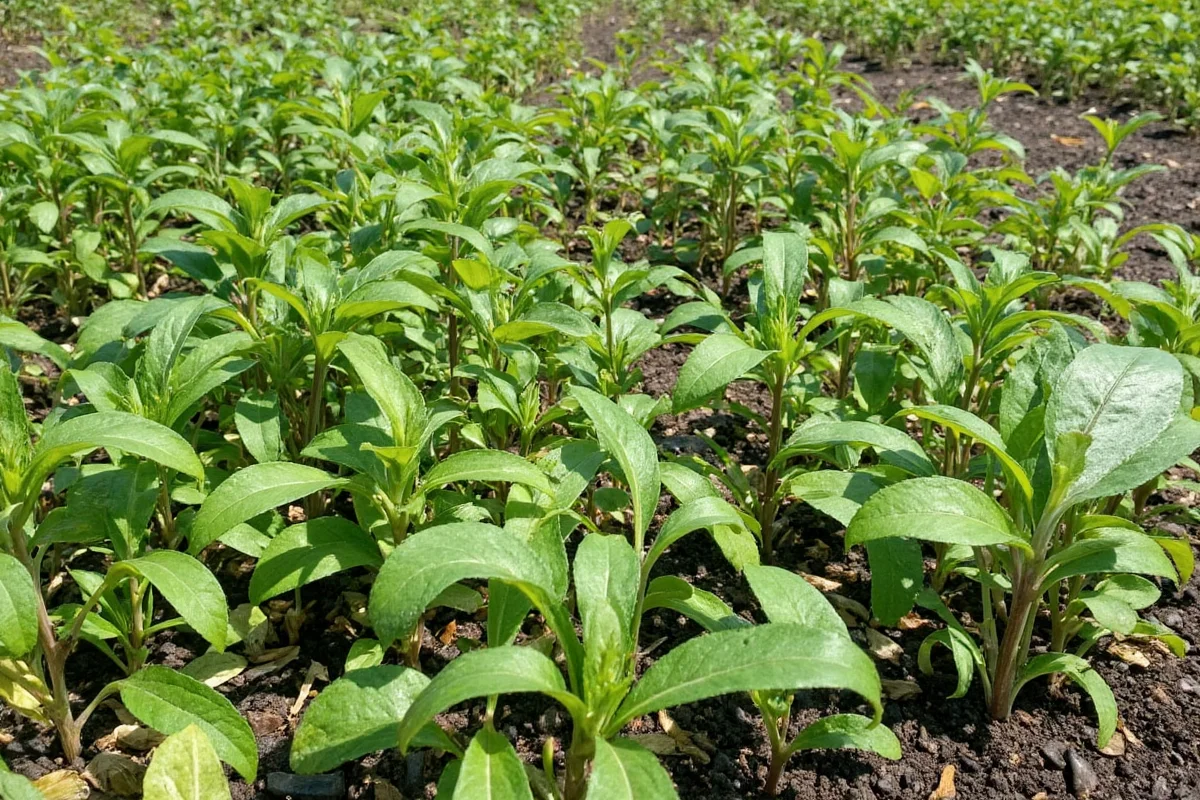The Cotyledon ladismithiensis, also affectionately known as the bear paw succulent, is a unique and charming plant that captivates enthusiasts and casual observers alike with its unusual appearance. Originating from South Africa, this succulent stands out due to its soft, plump leaves lined with small, tooth-like spikes, reminiscent of a bear’s paw. In this article, we will explore the characteristics, care requirements, propagation methods, uses, and potential challenges of growing this delightful succulent.
Characteristics of the Bear Paw Succulent
The bear paw succulent is recognized for its striking features. It belongs to the Crassulaceae family and grows up to 20 centimeters tall. Its leaves are thick, fluffy, and lime-green, giving an adorable impression of chubby paws. This succulent often blooms during the spring, producing vibrant, tubular orange, or red flowers. -- Scientific Name: Cotyledon ladismithiensis
- Family: Crassulaceae
- Height: Up to 20 cm
- Leaves: Thick, furry, with small tooth-like edges
- Flower Color: Orange to red
Care Requirements for Healthy Growth
Caring for a bear paw succulent requires attention to several critical factors, ensuring it thrives in its environment. Given its native habitat, proper care involves mimicking those natural conditions as closely as possible. -- Light: Requires bright, indirect sunlight
- Water: Moderate watering, allowing soil to dry between sessions
- Temperature: Prefers temperatures between 15°C and 25°C
- Soil: Well-draining soil mix is essential
- Humidity: thrives in low-humidity environments
Propagation Techniques
Propagating bear paw succulents can be a rewarding experience for gardeners and plant enthusiasts. The process mainly involves using leaves or stem cuttings to grow new plants. Here's a straightforward way to propagate your bear paw succulent: -- Choose healthy leaves or stems for propagation
- Allow cuttings to dry in a warm area for a few days
- Once a callus forms on the cut, plant in well-draining soil
- Water sparingly until roots develop
- Keep in a warm, sunny spot for optimal growth
Uses and Applications
Bear paw succulents aren't just charming—they also serve functional purposes in gardening and décor. Their distinctive form makes them ideal choices for various settings: -- Decorative Pot Plants: Ideal for homes and offices
- Garden Borders: Serve as attractive border plants
- Rock Gardens: Perfect for xeriscaping
- Innovative Gifts: Unique presents for plant lovers
- Creative Decor: Used in arrangement settings
Potential Challenges and Solutions
While bear paw succulents are generally easy to care for, they can face a few challenges. Knowledgeably addressing these issues can ensure their longevity and prosperity. -- Pests: Susceptible to mealybugs and aphids
- Leaf Drop: Often due to overwatering
- Sunburn: Caused by direct exposure to harsh sunlight
- Root Rot: From waterlogged soil conditions
- Leggy Growth: Indicates inadequate light exposure
| Aspect | Details |
|---|---|
| Scientific Name | Cotyledon ladismithiensis |
| Height | Up to 20 cm |
| Preferred Temperature | 15°C - 25°C |
| Flower Color | Orange to red |
| Humidity | Low-humidity environments |
In conclusion, the bear paw succulent is a charming plant that can easily enhance any garden or home setting with its adorable, furry leaves and bright, cheerful flowers. Enthusiasts of succulents will enjoy cultivating these intriguing plants and find satisfaction in seeing them flourish under their care. By understanding their needs and potential challenges, anyone can enjoy the beauty and whimsy of bear paw succulents.











 浙公网安备
33010002000092号
浙公网安备
33010002000092号 浙B2-20120091-4
浙B2-20120091-4